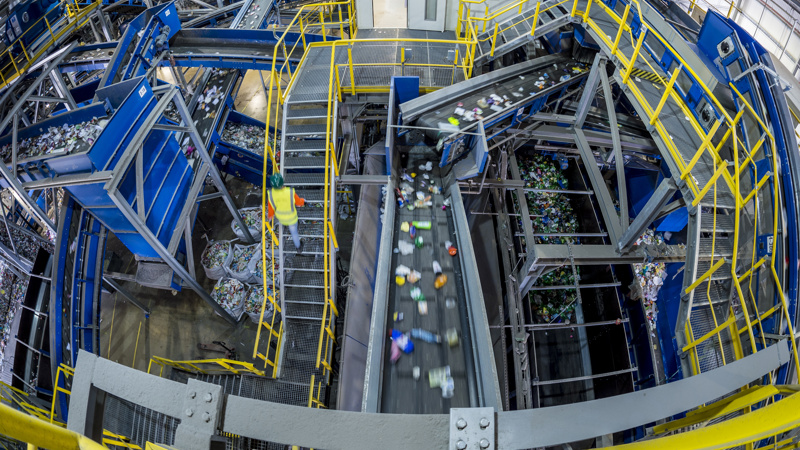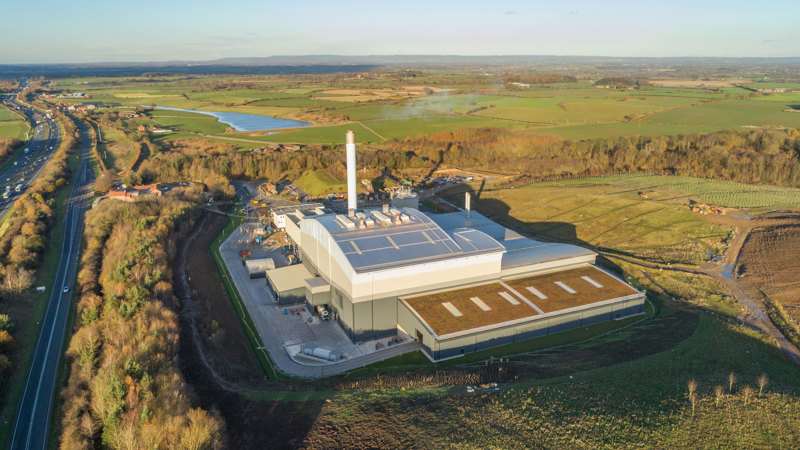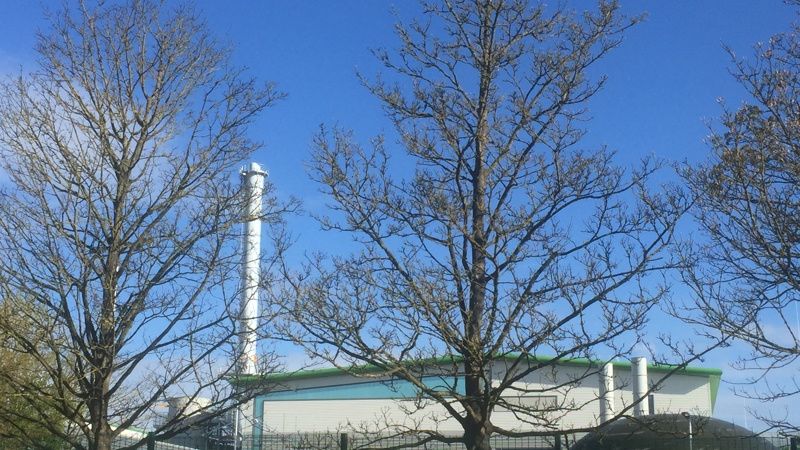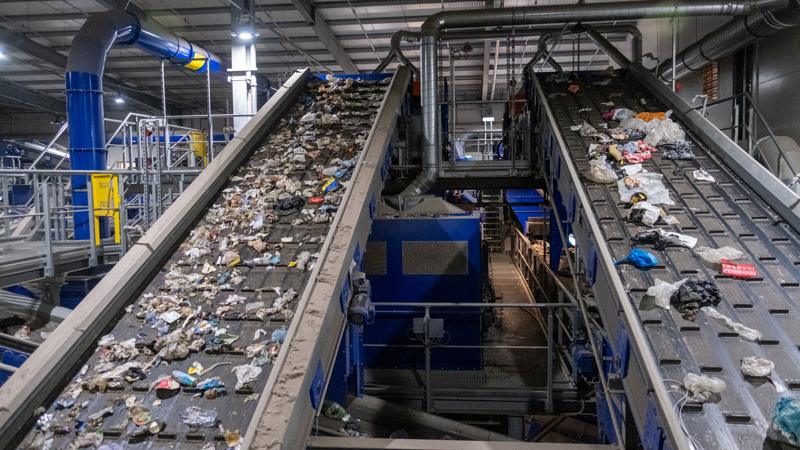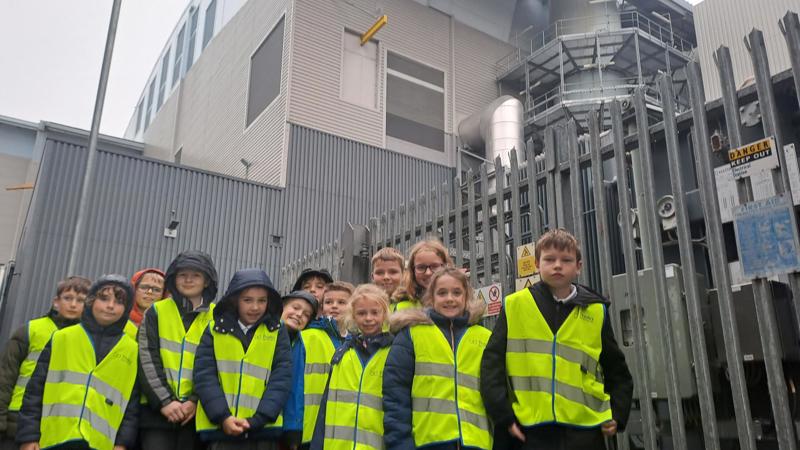Education Pack
Curriculum Links:
- English
- Mathematics – statistics and quantities
- Science – technology, waste to Energy
- Geography – Our local area, the world we live in
- PSHCE – Looking after ourselves and our planet.
- Sustainability – how to recycle better, respect our world.
Structure of talk:
Site Induction including Health and Safety specific to a Waste Management Site.
Importance of hand washing
Main content: The 4 Rs
REDUCE
What can be Reduced? What happens if we don’t buy it in the first place.
Paper, new clothes, packaging, toys, gadgets, electricity
Can you buy second hand instead?
REUSE
What items can be reused?
Bottles, bags, clothes.
REPURPOSE - What can things be made into?
New clothing from coffee grains, plastic bottles
RECYCLE
What items can be recycled?
Where can items be recycled?
RECOVER
Energy recovery – The waste is burnt at Allerton Waste Recovery Park to produce electricity.
Key Facts:
320 000 tonnes of Waste processed every year.
All general waste and waste that is non-recyclable waste from Household Waste Recycling Centre come to Allerton Waste Recovery Park
Up to 70 tonnes per hour is processed in the:
Mechanical Treatment Hall
Features various sorting technologies including:
- Trommels – 40cm and second set 30cm, 17cm and 7cm
- Shredders – open the bin bags.
- Ballistic separators – sort 2D waste from 3D waste
- X-ray sorting units - picks out glass and rubble.
- Magnets and eddy current separators for metals – for ferrous metals and aluminum.
- Near infra-red separators for plastic types
- Hand sorting cabin
- Recyclate bales – square bales that are exported for recycling.
Anaerobic Digester (AD)
- 40,000 tonnes a year - or 114 tonnes daily – of organic waste is transferred to the AD.
- Fermented under carefully controlled conditions for 20 to 25 days.
- Generates renewable biogas which is exported to the National Grid up to 1mw.
- Produces digestate – this is transferred and used as a fuel in the EfW.
Energy From Waste (EfW)
- The Energy from Waste plant treats waste from the Mechanical Treatment Hall and digestate from Anaerobic Digestor
- Waste is burned at a minimum of 850°C
- Left over ash is recycled and used as construction aggregate.
Air Pollution Control Residue (APCR)
- Strict emissions limits in place – standard throughout Europe
- Limits are deemed safe by the World Health Organisation
- Pollution control system consists of:
- Selective non-catalytic reaction - reduces nitrogen oxides to into nitrogen.
- Dry lime to neutralise acid gases.
- Activated carbon to neutralise dioxins, furans, and mercury.
- Filter system to capture particulates.
Other Useful links
https://www.keepbritaintidy.org/
https://www.northyorks.gov.uk/bins-recycling-and-waste


